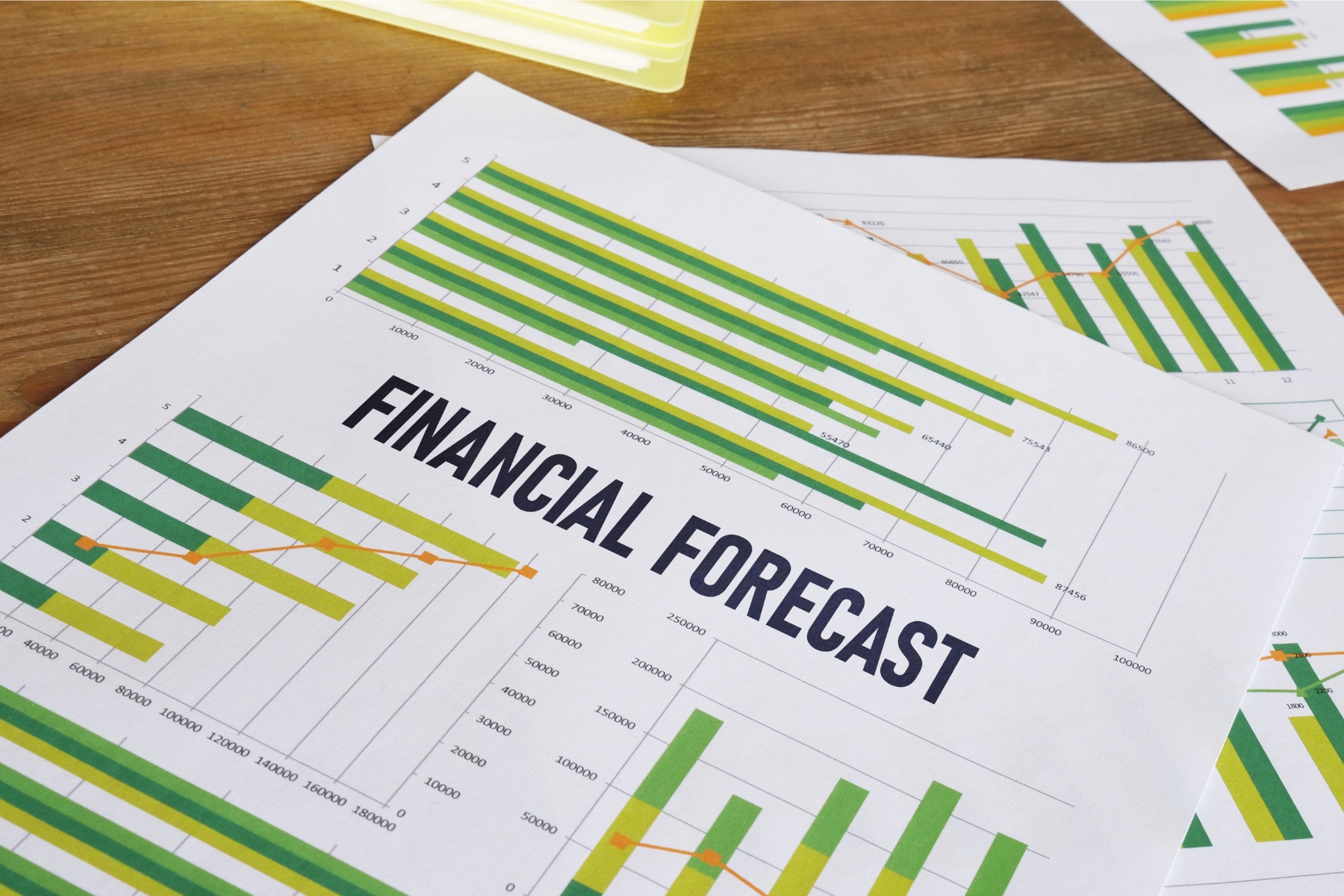Forecasting vs. Budgeting: A Guide for Business Owners and CEOs
Written by: Mike DeMaio, CFO
The word budget often elicits tension within organizations. Some businesses start budgeting as early as August, while others forgo it entirely. If budgeting feels overwhelming or unproductive, there’s an alternative worth exploring: forecasting. But what’s the difference?
Budgeting vs. Forecasting
A budget is typically a detailed, organization-wide exercise. It provides clear operational guidelines and communicates expectations across all departments. Forecasting, on the other hand, is a more flexible and strategic tool. It can be as simple as a one-page outline or as comprehensive as a detailed financial roadmap, helping you identify opportunities for improvement and stay aligned with your goals.
While traditional accountants focus on past performance, an experienced Fractional CFO brings the unique ability to look forward, enhancing your chances of achieving your objectives. Here’s how forecasting can benefit your business:
Steps to Effective Forecasting
1. Set Your Goals
What are your primary objectives? Whether it’s growing revenue by 20%, improving margins, or enhancing quality, defining your goals is the first step. A forecast serves as a blueprint, translating your vision into actionable steps and allowing for real-time adjustments.
2. Identify Key Drivers and Metrics
Once your goals are clear, forecasting helps pinpoint the metrics that matter most. For example, achieving 20% growth in revenue might require tracking weekly sales calls, applications received, or interviews conducted. Forecasting brings focus to operational data that drives progress toward your goals.
3. Creating an Income Statement Helps You Ask Questions
Forecasting is a valuable brainstorming tool and will force you and your team to ask questions. For example:
- Can you manage growth with your current team, or will you need to hire?
- How many people? Where will they sit? What other expenses increase with additional headcount (Work Comp premiums as an example).
- Is your accounting/finance department scalable and can handle the growth?
These questions help craft a forward-looking income statement, offering clarity on operational challenges and solutions.
4. Analyze Your Balance Sheet and Cash Flow
Growth requires capital. Do you have the cash reserves or access to credit needed? Forecasting uncovers potential gaps in your resources. It may reveal the need to scale back goals or seek external funding. Moreover, financial institutions will require a detailed forecast when considering loan or capital requests.
5. Measure and Refine Results
Forecasting adds depth to your financial analysis. Instead of merely comparing current performance to last year’s, forecasts let you evaluate results against future expectations. These insights spark productive discussions, uncover new metrics, and improve decision-making. Over time, forecasting becomes a smarter, iterative process, driving meaningful improvements in business performance.
The Fractional CFO Advantage
A well-crafted forecast does more than streamline your financials; it fosters strategic discussions, refines your growth strategy, and enhances your business’s value. Fractional CFOs bring deep experience to these forward-looking exercises, offering expertise that empowers small and mid-sized businesses to achieve their vision. With a Fractional CFO, you gain access to top-tier financial guidance tailored to your unique needs—without the full-time commitment.
Contact Kerry George at kerry@crowncfo.com to bring a trusted, expert Fractional CFO to your business.

